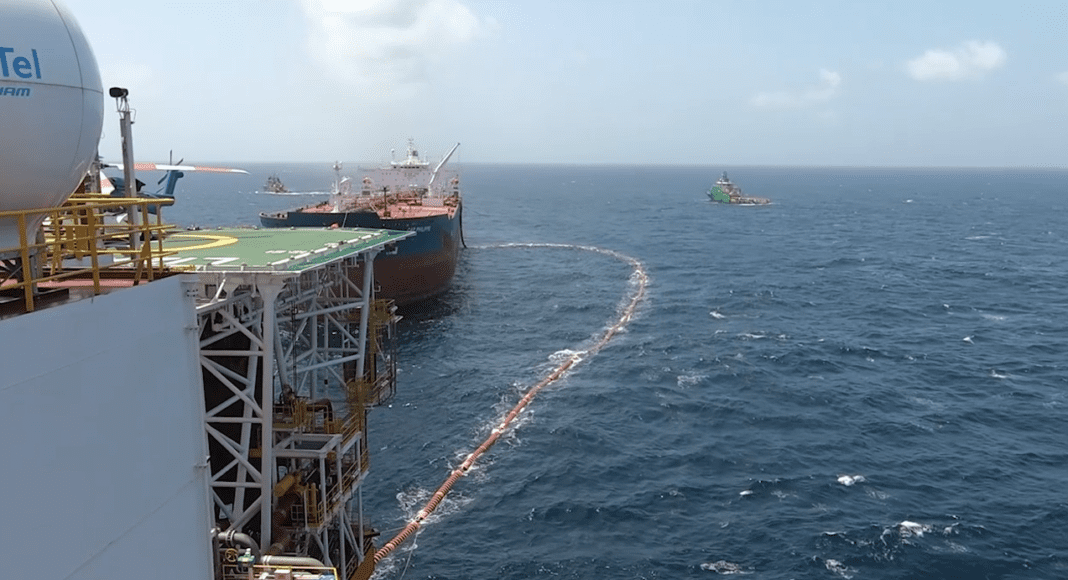The oil market is continuously evolving, and the inclusion of the Permian Basin’s WTI Midland into the Brent complex in May 2023 marked a milestone. Global Director for Crude Oil and Fuel Oil at S&P Global Platts, Joel Hanley, discussed the development of the complex during a May 2 Oil Markets podcast from S&P Global Commodity Insights.
“The original Brent stream has seen a new cast of characters emerge over the years,” Hanley said, mentioning the strategic additions like Forties, Oseberg, Ekofisk, and Troll to the benchmark. This evolution has ensured a robust supply of oil for the Brent assessment, vital for spot pricing and countless contracts across various commodities.
S&P sees Guyana’s oil production tripling in value to US$33 billion by 2030 | OilNOW
Sam Angell, Senior Crude Editor at S&P, pointed out the substantial impact of WTI Midland’s inclusion. “The biggest impact Midland has had since its inclusion in Brent is certainly the huge jump in liquidity we’ve seen in the Platts market on close assessment process,” Angell noted. In April 2024, an all-time high of 35 cargoes changed hands, underpinning the benchmark with 25 million barrels of oil. Angell said this surge in liquidity has attracted new and returning participants such as Occidental, Phillips 66, and Aramco.
Emma Kettley, Managing Editor of Crude Oil in Europe, addressed the complexities in assessing the price impact of WTI Midland on Dated Brent. “It’s not simply a case of taking it out of the basket of grades and saying, ‘Oh, the Dated Brent differential would’ve been this price if Midland wasn’t part of that mix,'” Kettley explained. The inclusion of WTI Midland, which must meet stringent specifications, has maintained confidence in the robustness of the benchmark. “We’ve tracked more than 100 cargoes that have traded in our Market-On-Close assessment process, and very, very few of them have been outside our globally stated WTI Midland specification,” Kettley added.
Guyana crude makes trade debut on Platts | OilNOW
The success of incorporating WTI Midland raises the question of future additions to the Brent complex. Hanley hinted at the potential for other grades to be included, saying, “It could come from the North Sea if there’s enough supply. It could come from West Africa, somewhere else in the States, Brazil, Guyana, who knows.”
This speculation opens the door for new opportunities, especially for emerging oil producers like Guyana.
Guyana’s crude could be a candidate for inclusion in the Brent complex, given the country’s growing production and strategic importance. The precedent set by WTI Midland demonstrates that a grade from outside the North Sea can successfully integrate into the Brent complex, enhancing liquidity and diversity. As Hanley pointed out, “This mechanism shows that it can be done, which is very exciting indeed.”



